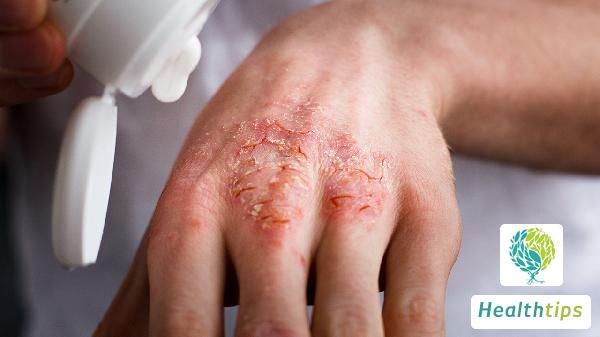Is it Normal for My Daughter to Have a Small Clitoris?
Each baby's physical condition differs, resulting in varying standards of growth and development, including differences in the size of the clitoris. When parents notice abnormalities in their baby's clitoral development, it is crucial to take it seriously and promptly bring the child to the hospital for examination. There are many reasons for a small clitoris in babies, and it is essential to visit the hospital to rule out any underlying medical conditions. Many parents, when discovering that their baby's clitoris is small, often worry about its potential impact on the baby's future growth and development. Is it normal for a daughter's clitoris to be small?

1. Is it normal for a daughter's clitoris to be small? A small clitoris can be either normal or abnormal, and it requires a medical examination to determine. Generally, as the child grows older, especially during puberty, the size of the clitoris may also change. If it falls within the normal range, there is no need to overly obsess over its size. However, if the small size is due to a medical condition, it is necessary to seek prompt medical attention for diagnosis and treatment.
2. What does a baby's normal labia look like? The structure of a baby's normal labia is similar to that of an adult's. Since the baby has not yet entered puberty, the ovaries do not secrete estrogen and progesterone cyclically, and the labia have not yet begun to develop. The labia begin to develop after the secretion of estrogen and progesterone, so a baby's normal external genitalia appears with particularly small major and minor labia. It is important to note that the local resistance of the area is relatively poor, so adults should provide good care and maintain cleanliness. After each bowel movement, it is essential to clean the area thoroughly to avoid the possibility of labial adhesion. Additionally, if redness or swelling is noticed in the local area, and the baby cries or frequently scratches the genital area, it is likely due to a local inflammation, and it is recommended to seek medical attention.
3. What is the normal size of the labia? Due to variations in female development, the size of the labia also differs slightly. The thickness of the major labia in most women is approximately 5-10 millimeters. Since the major labia is primarily composed of adipose tissue and elastic fibers, well-developed major labia may be slightly larger, while those of individuals with poor development may be slightly smaller. The length of the minor labia is approximately 3-7 centimeters, and it is thinner compared to the major labia. The major labia are located on both sides of the minor labia and normally envelope them. The inner sides of the minor labia include the vaginal and urethral openings. The coverage provided by the major and minor labia offers double protection, helping to reduce the occurrence of gynecological inflammatory diseases and the entry of foreign objects.



















